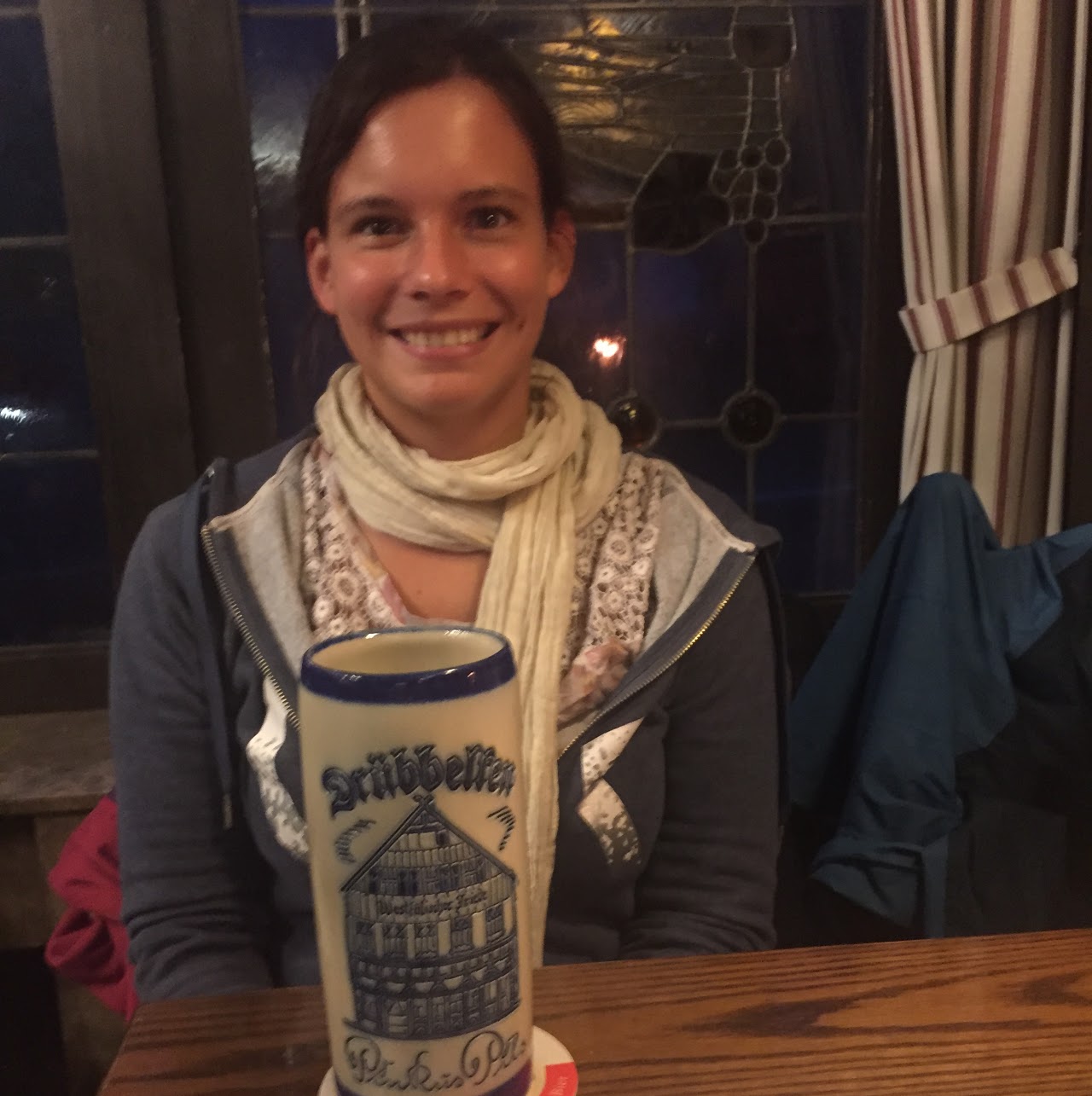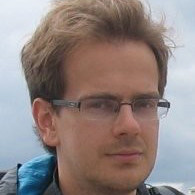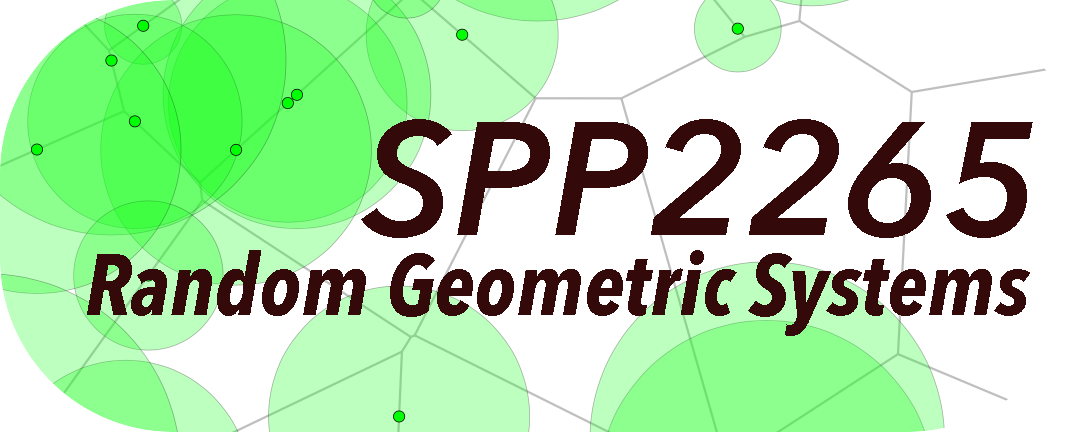P08
Spatial growth and information exchange in evolving environments
and on evolving networks
Description Phase 2
What is the effect of the space-time varying environment on the long time
behavior of spatially structured populations of interacting particles/individuals/
agents? This question is of high relevance, e.g., in life and social
sciences/economics, computer science, artificial intelligence. Mathematically,
the project focuses on two phenomenological models of interacting particle
systems: (1) branching Brownian motion, which models population growth/
spatial spreading; and (2) voter model, which models information exchange
in a population of agents. The novel features that this project introduces
into these classical models are: (1) space-time-correlated environments
and (2) evolving networks. These play the role of the geographic
spaces and substantially change the underlying spatial geometry. The project
aims at investigating (1) growth vs. extinction, population size, spread;
and (2) clustering vs. consensus of agents, space-time scaling limits of stochastic
processes on evolving networks and evolving graph limits.
Description Phase 1
What is the effect of the space-time varying environment on the long time behavior of spatially structured populations of interacting particles/individuals/agents? This question is of high relevance, e.g., in life and social sciences/economics, computer science, artificial intelligence. Mathematically, the project focuses on two phenomenological models of interacting particle systems: (1) branching Brownian motion, which models population growth/spatial spreading; and (2) voter model, which models information exchange in a population of agents. The novel features that this project introduces into these classical models are: (1) space-time-correlated environments and (2) evolving networks. These play the role of the geographic spaces and substantially change the underlying spatial geometry. The project aims at investigating (1) growth vs. extinction, population size, spread; and (2) clustering vs. consensus of agents, space-time scaling limits of stochastic processes on evolving networks and evolving graph limits.
Preprints/Publications
Andreas Greven, Frank den Hollander, Anton Klimovsky, Anita Winter:
The grapheme-valued Wright-Fisher diffusion with mutation
(08/2023)
Maximilian Fels, Lisa Hartung, Anton Klimovsky:
The phase diagram of the complex continuous random energy model: The weak correlation regime
(04/2023)
Lisa Hartung, Michèle Lehnen:
Maximum of Branching Brownian Motion among mild obstacles
(07/2022)
Anton Bovier, Lisa Hartung:
The speed of invasion in an advancing population
(04/2022)
Yanjia Bai, Lisa Hartung:
Refined Large Deviation Principle for Branching Brownian Motion Conditioned to Have a Low Maximum
(02/2021)





